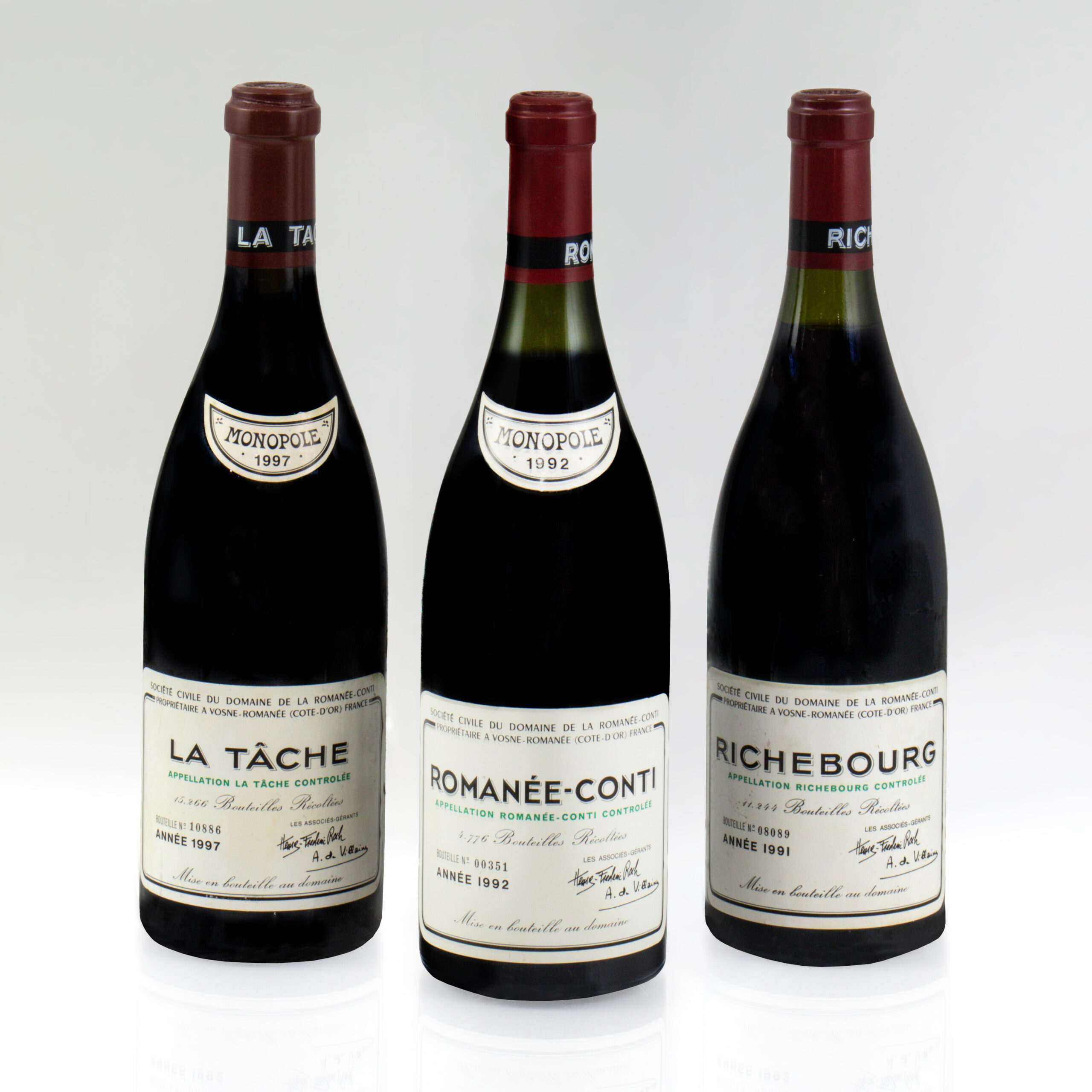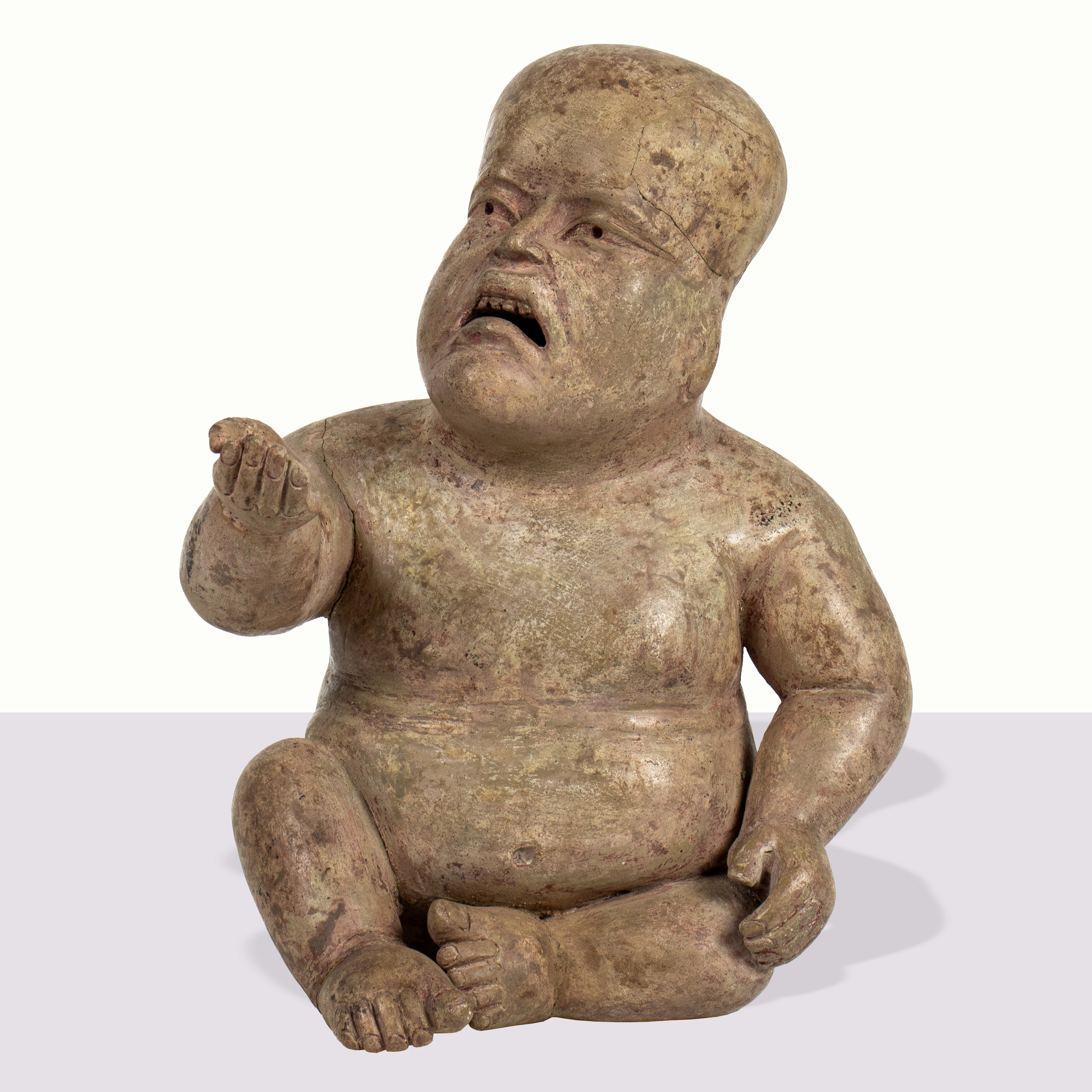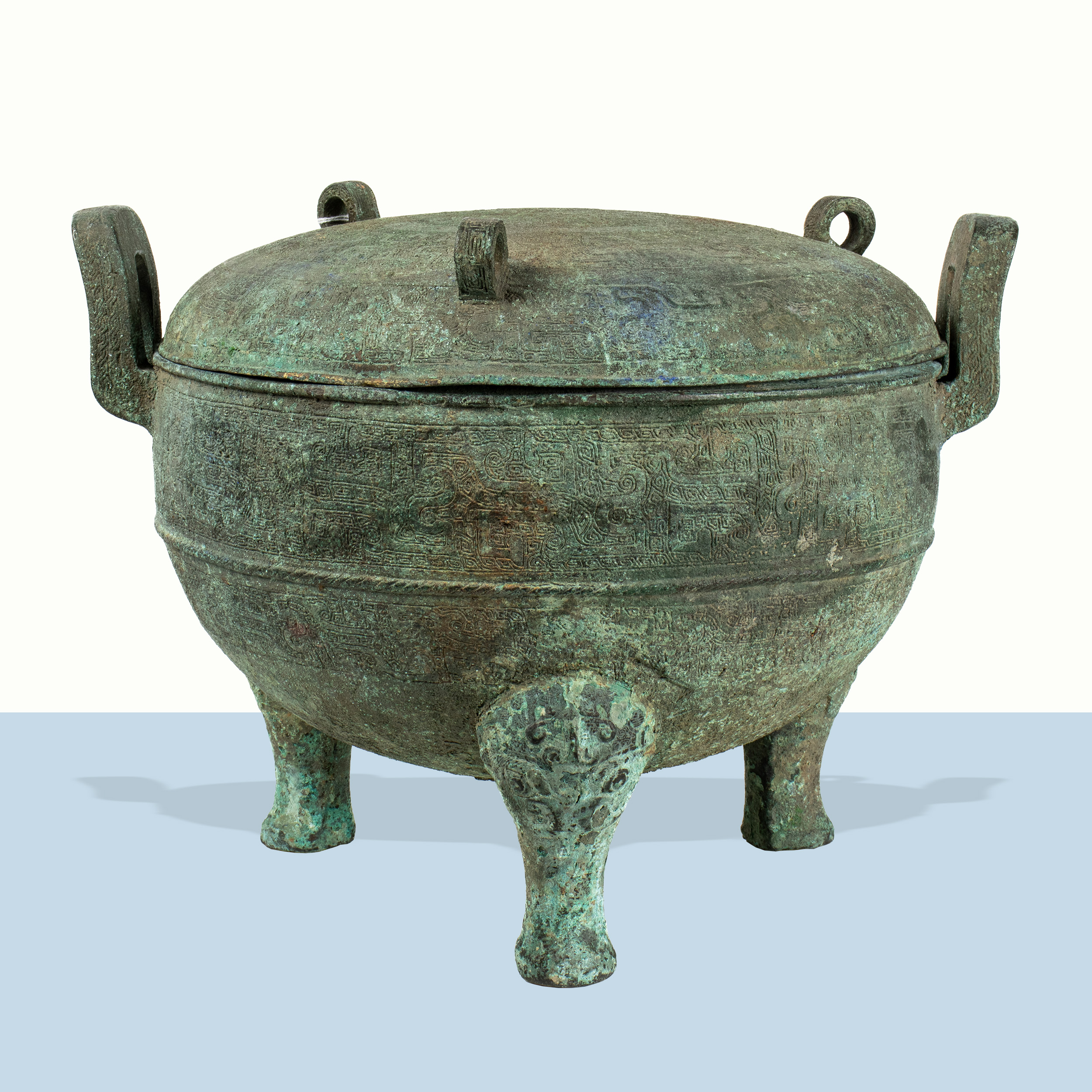A gemstone is defined by its beauty. Factors such as size, shape, cut and color all assist in defining a gemstone’s beauty. The most influential of which is color. The ruby, a variety of corundum, is defined by its red hue component.
Rubies can range from orangey red to purplish red in color. Among this wide range, the finest rubies show a pure red to slightly purplish red, enhanced by vivid saturation. Many imaginative names have been used to describe a ruby’s color. The most notable being ‘pigeon’s blood’. This term characterizes the red fluorescence sometimes displayed in a ruby or ‘freshly killed pigeon’.

Sold: $11,700
Although production can vary greatly even within an individual mine, some sources have become synonymous with a particular color and quality. The Mogok region of Myanmar, formerly Burma, produces ‘Burmese’ rubies. This is one of the world’s most important sources for fine rubies. These stones typically rest at the top of the market, often displaying exceptional color and quality. They typically show a red to slightly purplish red hue, vivid saturation and medium-dark tone. They often display a signature red fluorescence and a softness that is a result of internal inclusions. The most exceptional examples of Burmese rubies display a red hue and vivid saturation in addition to its softness and fluorescence.

Right: A pair of unheated Burma ruby, diamond and fourteen karat gold ear jackets. Sold: $3,125
The ruby market is also shared with the mines of Thailand and Cambodia. These sources produce ‘Thai’ or ‘Pailin’ rubies. They can show a pure red, but typically fall in the range of brownish red to purplish red, with a medium-dark to very dark tone. These stones often face up relatively dark as they commonly display areas of extinction.
Since its discovery in recent decades, the Mozambique mines of Africa, have become the world’s leading supplier of rubies. The introduction of these stones, which tend to range from purplish red to red, sometimes with a tint of orange, have forced the trade’s language to adjust. The Gemological Institute of America is now utilizing terms such as ‘crimson’, a slightly purplish red and ‘scarlet’, a red reflecting an orange tint, to characterize these increasingly common stones.
Many factors contribute to the beauty of a gemstone, including size, shape and cut. Nevertheless, color and origin, which are often tied together, remain the most important.







